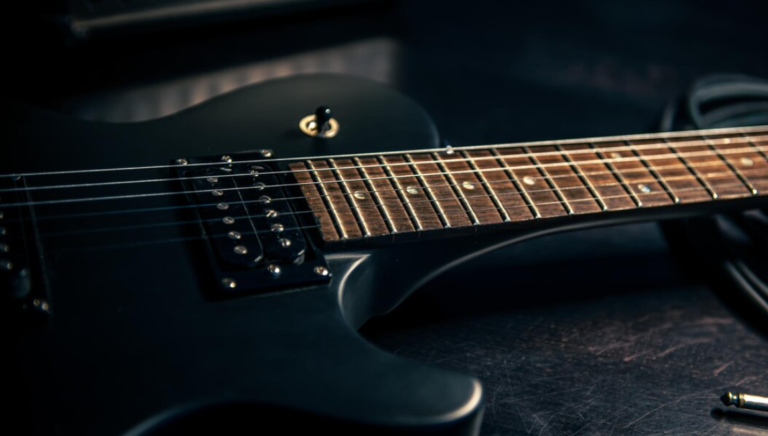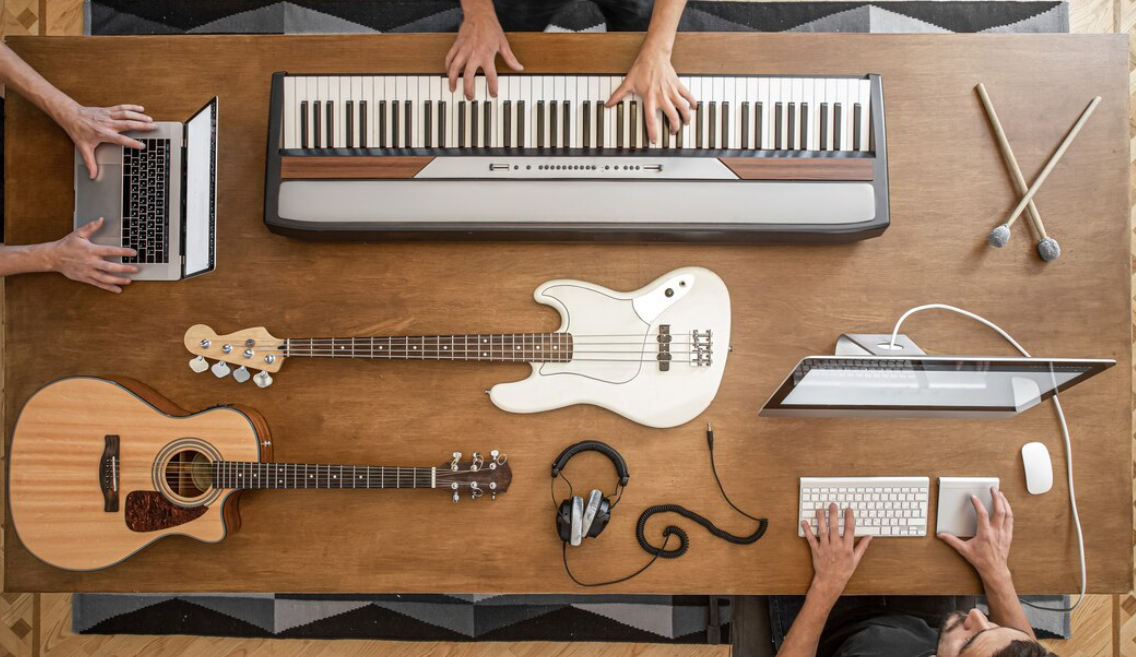Playing by Ear: Can Beginners Really Learn This Amazing Skill?

Playing music by ear is often seen as a mysterious, almost magical talent. You might picture an experienced musician effortlessly picking up a guitar and replicating a melody without ever glancing at sheet music or tabs. But is this skill reserved for the naturally gifted, or can beginners actually learn to play by ear? The short answer: yes, beginners can develop this skill with the right approach. It’s not something that comes overnight, but with patience and practice, anyone can train their musical ear. Let’s explore how beginners can start their journey toward playing by ear and some techniques to help develop this ability.
What Does “Playing by Ear” Mean?
Playing by ear refers to the ability to identify and reproduce music without relying on written notation. Instead, you listen to a song or melody and figure out the notes and chords based purely on what you hear. This skill involves a deep connection between your ears, brain, and instrument, as you rely on your auditory senses to guide you.
For beginners, this might seem like an impossible task, especially if you’ve just started learning the basics of guitar. But with practice and a few strategies, you can begin to develop your ear and improve your musical intuition.
Why Is Playing by Ear Important?
Even if you’re still working on your first chords or scales, learning to play by ear can enhance your overall musicianship. Here are a few reasons why:
- Improved Musical Understanding: Playing by ear deepens your understanding of how music works. You’ll start to recognize common patterns, like chord progressions or melodic phrases, across different songs and styles.
- Greater Musical Freedom: When you can play by ear, you’re not limited by what’s written on a page. You can jam with other musicians, improvise, and even create your own music more easily.
- Better Listening Skills: Developing an ear for music sharpens your listening ability, helping you pick up on nuances in rhythm, pitch, and dynamics that you might otherwise miss.
Techniques to Start Developing Your Ear
Now that we know why playing by ear is important, let’s look at some practical techniques that can help beginners get started.
1. Start with Simple Tunes
One of the best ways to begin training your ear is by learning simple, familiar melodies. Think of songs like “Twinkle Twinkle Little Star” or “Happy Birthday.” Because you already know how these songs are supposed to sound, it’ll be easier to figure out the notes on your instrument.
How to Practice: Listen to the melody and try to find the corresponding notes on your instrument. Don’t worry if you don’t get it right the first time—trial and error is part of the learning process. With time, you’ll start to notice patterns in how the notes move.
2. Use Call and Response Exercises
Call and response exercises are a great way to practice playing by ear. In this exercise, you listen to a short musical phrase (the “call”) and then try to replicate it on your instrument (the “response”).
How to Practice: Start with very simple phrases, maybe just two or three notes. Play the phrase back after listening to it. Gradually increase the complexity of the phrases as you improve. This method forces you to really listen and helps strengthen the connection between your ears and your fingers.
3. Play Along with Recordings
Playing along with your favorite songs or backing tracks is a fun and effective way to train your ear. Start by trying to match the rhythm and then move on to figuring out the notes or chords.
How to Practice: Pick a song that you enjoy and are familiar with. Start with the rhythm, strumming along to the beat of the song. Then, focus on figuring out the notes or chords by listening closely. Don’t worry about getting everything right at first. The goal is to immerse yourself in the music and develop your ability to “hear” where the notes are on your instrument.
4. Sing What You Play
Believe it or not, singing can be a powerful tool for developing your musical ear. When you sing the notes, you’re actively engaging your auditory memory and reinforcing your connection to pitch.
How to Practice: Sing along with the notes or scales you’re playing on your instrument. Even if you’re not confident in your singing abilities, this exercise helps train your ear to recognize pitches more easily.
5. Learn Interval Recognition
Intervals are the distances between two notes, and learning to recognize them by ear is a foundational skill for playing by ear. Each interval has a distinct sound, and with practice, you’ll be able to identify them just by listening.
How to Practice: Use a piano or your guitar to play two notes in succession. Try to identify the interval between them. A common exercise is to associate intervals with the opening notes of familiar songs. For example, a perfect fourth sounds like the beginning of “Here Comes the Bride,” while a perfect fifth sounds like the opening of “Twinkle Twinkle Little Star.”
6. Use Ear Training Apps and Tools
There are several apps and online tools designed to help musicians develop their ears. These can be particularly helpful for beginners, as they often provide structured exercises that guide you through the process.
Recommended Tools: Apps like “EarMaster”, “Tenuto”, and “Functional Ear Trainer” offer exercises for interval recognition, chord identification, and melody playback. These apps make ear training more interactive and enjoyable.
Overcoming the Challenges of Playing by Ear
Like any new skill, learning to play by ear comes with its challenges. Here are a few common obstacles beginners face and how to overcome them:
- Frustration with Mistakes: It’s natural to feel frustrated when you can’t immediately replicate a melody or chord. Remember, this is a skill that takes time to develop. Be patient with yourself and celebrate small victories along the way.
- Difficulty Identifying Chords: If you’re having trouble identifying chords, start with just the root note (the lowest note in the chord) and work your way up. With practice, your ear will become more sensitive to the harmonies within chords.
- Fear of Relying Too Much on Sheet Music: While learning to read music is important, make sure to balance it with ear training. Try setting aside time in your practice to focus solely on playing by ear. The more you practice, the more confident you’ll become.
Final Thoughts
Playing by ear isn’t some elusive, unreachable skill reserved for experienced musicians. Beginners can absolutely learn to develop this ability with the right mindset and techniques. By starting with simple melodies, practicing call and response, and using tools like ear training apps, you’ll gradually sharpen your musical intuition. Remember, the journey to mastering any musical skill is a marathon, not a sprint. Be patient, keep listening, and most importantly, have fun with the process!
Interested in taking your guitar skills to the next level? Click the below and book a free lesson with us! We’re committed to helping you express yourself freely on the guitar without endless scales and theory. Happy playing!
Author: Daniel Powers Jr, the founder of Real Brave™, serves as the chief inspiration to thousands of students in the Real Brave music instruction program. He’s also the visionary behind PracticePad™, an online platform for live one-on-one online music lessons, lesson tracking, and scheduling. Beyond his entrepreneurial pursuits, Daniel leads a non-profit organization that provides formerly homeless children with access to music education, making a profound impact on their lives. His unwavering dedication to music, innovation, and education continues to inspire individuals to reach their fullest potential while creating positive change in communities. Follow Real Brave on all the socials:
youtube.com/@realbraveinc
twitter.com/realbraveinc
https://www.tiktok.com/@realbraveinc
instagram.com/realbraveaudio
facebook.com/realbraveinc






